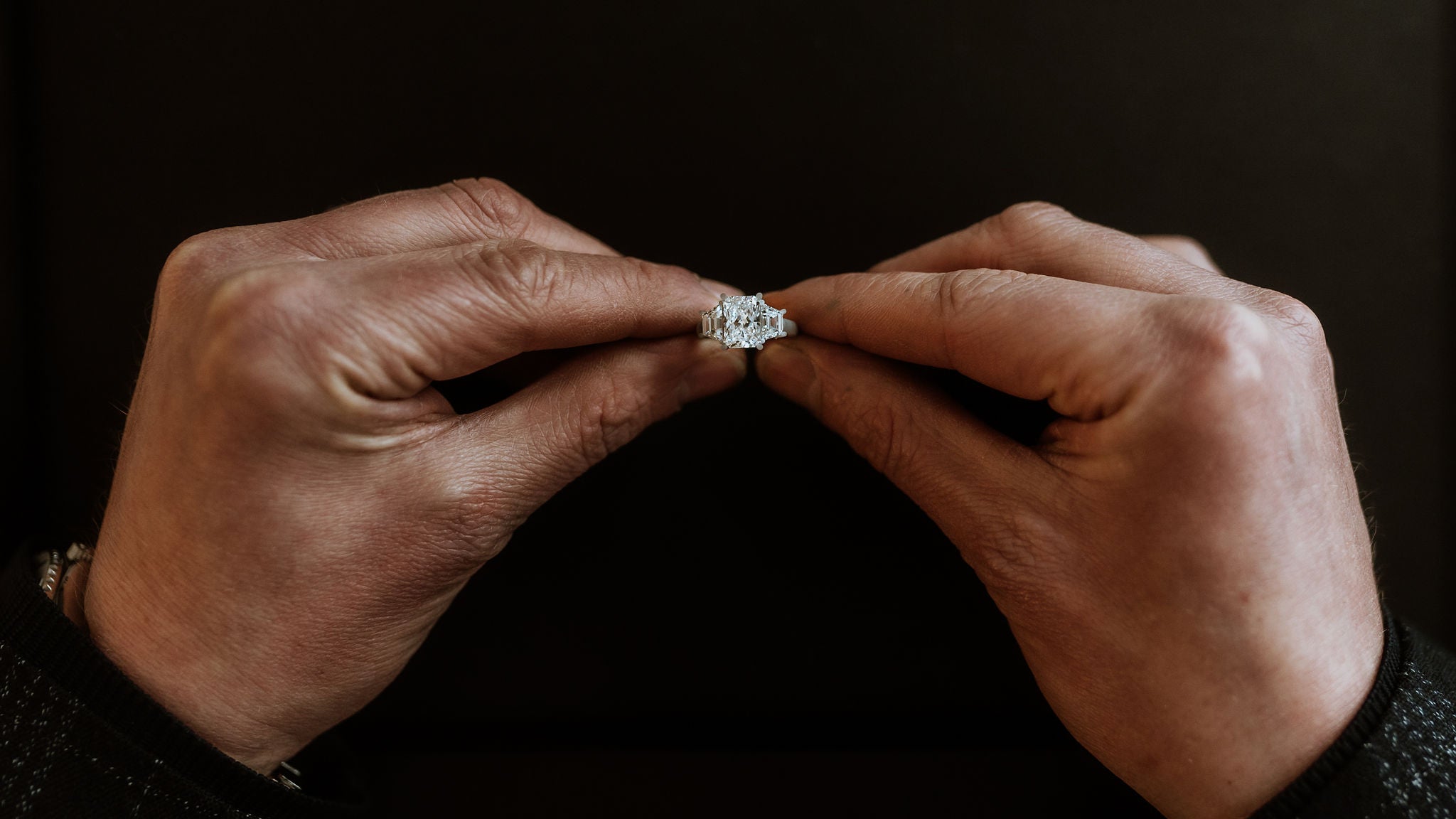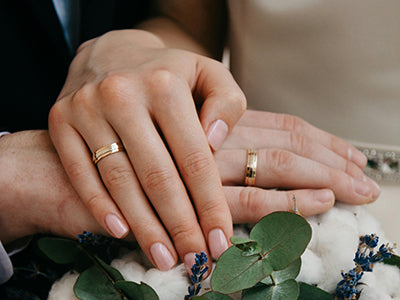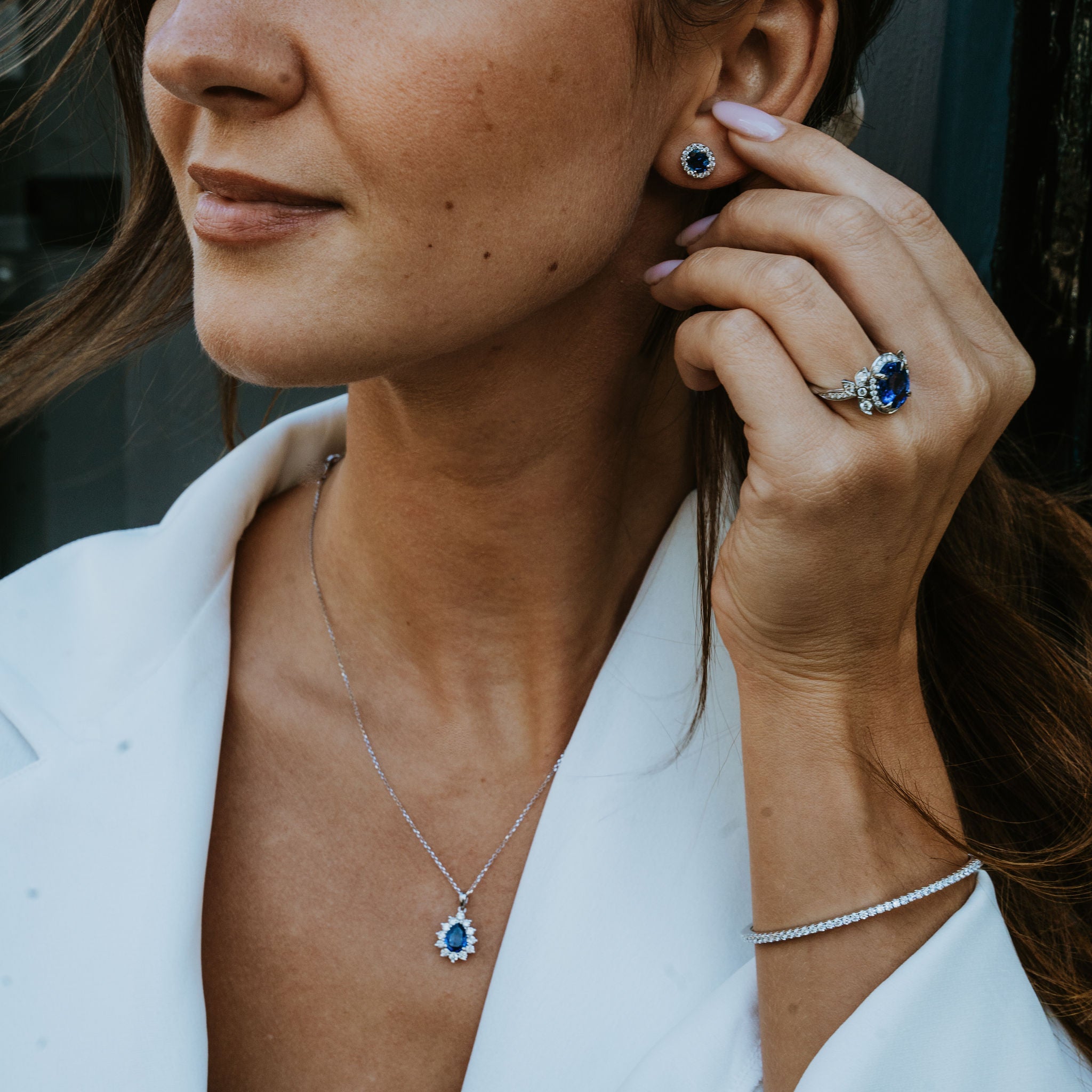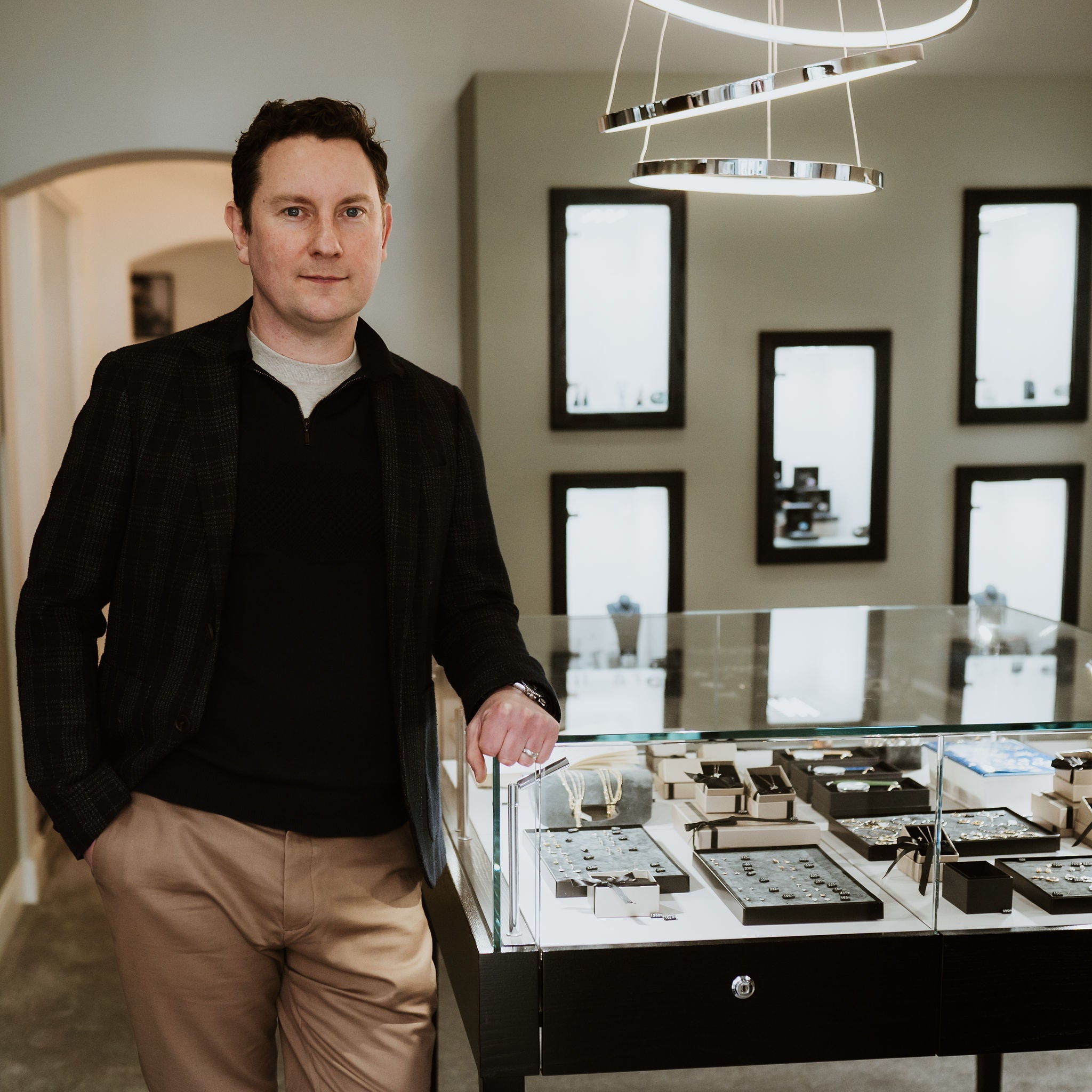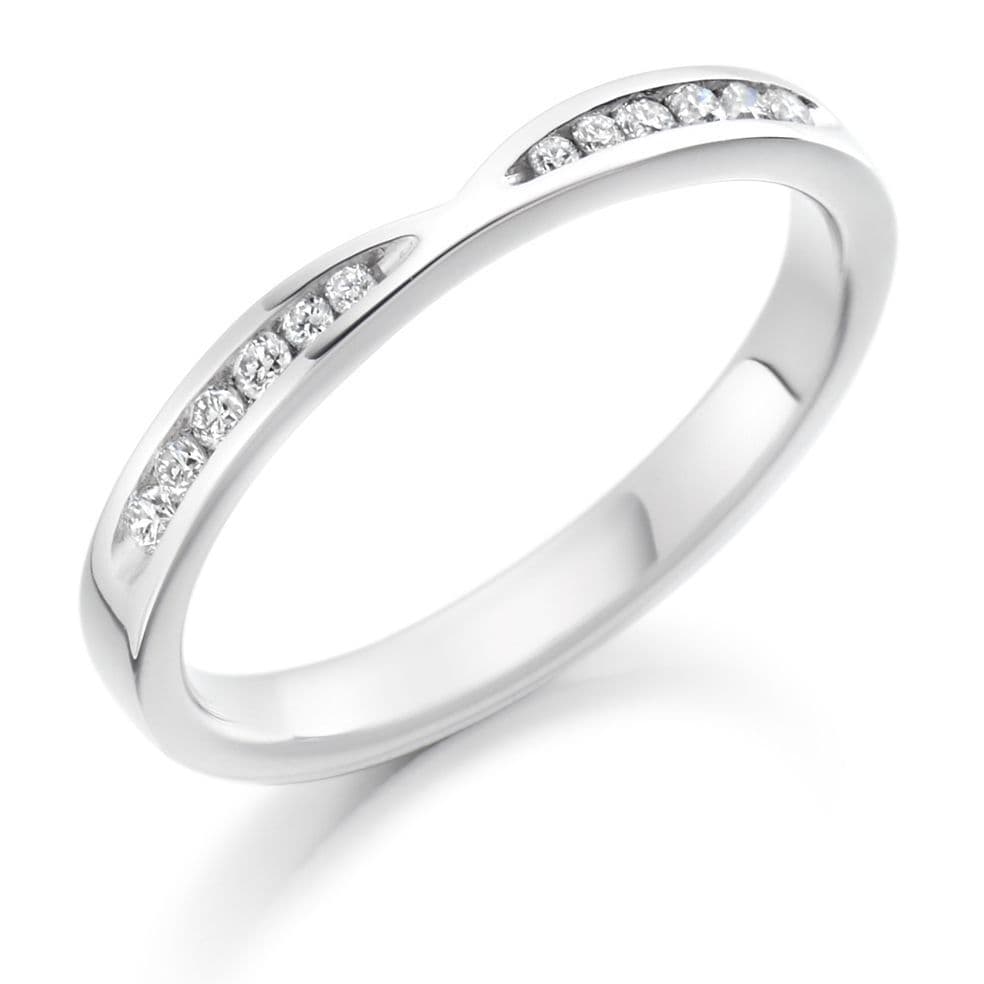
One of the worst-kept secrets of the diamond industry is that lab-grown diamonds are identical to diamonds that have come from the ground.
By identical, this is not in the sense that a cubic zirconia or other simulant can roughly resemble a diamond and be used for the same purposes in jewellery. A lab-grown diamond is fundamentally identical, in hardness, transparency, fire and its other chemical properties.
A diamond wedding band ring studded with diamonds will look the same whether those diamonds were mined from the ground or created in a laboratory, with the only difference being seen in the price.
An artisanal piece of diamond jewellery will look as beautiful regardless of where the diamond came from, so the differences between the two types are far less about their actual physical differences and more about the culture surrounding them.
Perceived Rarity
One of the big differences claimed by people who advocate for mined diamonds over those grown in a lab is their rarity. However, the perception of their exclusivity does not necessarily match reality.
As revealed in an infamous series of antitrust lawsuits and settlements, De Beers and other major diamond suppliers engaged in decades of price fixing, supply manipulation and cartel tactics in order to keep the prices of diamonds high and create a monopoly.
It was something that was already suspected, but the settlement proved that this was the case and highlighted the suspicion that diamonds were not necessarily as rare as people might have thought.
The true rarity of any diamond is not in the rough material itself but in the skilled craftwork it takes to cut it and create beautiful pieces of jewellery for it to nestle in.
In that regard, it does not matter whether a diamond was lab-grown or came from the ground. The fact it requires specialist machinery for an expert to tell the difference highlights that for many people who buy diamond jewellery, the beauty is in the eye of the beholder.
Ethics
Part of the reputation of diamonds was damaged by the revelation that the world’s biggest diamond supplier ran a cartel and sat on a stockpile of diamonds purely to destroy its competition.
The other part was damaged by the deep ethical concerns that surrounded diamond mining for decades.
The issues surrounding blood diamonds, diamonds mined in areas of conflict, typically during periods of civil war, made people deeply reconsider their relationship with mined diamonds, given that their purchase could have inadvertently helped to fund brutal military action and human rights violations.
This has largely been helped by the Kimberley Process, and any ethical jeweller will only use diamonds that are certified to be conflict-free
The environmental impact of mining rare materials such as diamonds has made people more likely to consider a lab-grown diamond instead. Mining diamonds requires roughly 96 litres of water per carat compared to less than two per lab-grown carat.
This, alongside land disruption and greenhouse gases, the latter of which can be mitigated when making lab-grown diamonds using renewable sources of energy, has led to lab-grown diamonds developing a reputation as an ethical alternative.
This in itself has become a popular selling point amongst particularly young buyers of diamond jewellery, as they are still diamonds in every way.
Marketing
Diamonds are Forever, so sang Shirley Bassey. That line, which inspired the name of a James Bond novel and film, came from a famous marketing slogan for diamonds.
It was part of a huge marketing campaign starting in 1947 and continuing for decades afterwards, leading to songs such as Diamonds Are A Girl’s Best Friend from the stage musical Gentlemen Prefer Blondes, as well as the aforementioned Diamonds Are Forever film.
This connected diamonds to rarity, value, love and commitment in ways that have always felt like long-standing traditions but are less than a century old.
For example, the tradition that a diamond engagement ring should cost the fiancee a month’s salary (later increased to two) was part of another marketing campaign from the 1930s, in an attempt to boost sales in the wake of the Great Depression.
Rarity turned out to be artificial, the connection between love and a diamond ring invented in the 1930s, and whilst diamonds are valuable, especially in beautiful jewellery, they are valuable because of their beauty and status rather than necessarily because they are a store of value.
This means that what matters when it comes to diamonds is not necessarily the stone itself but the skill of the jeweller who frames it and brings it to life.

